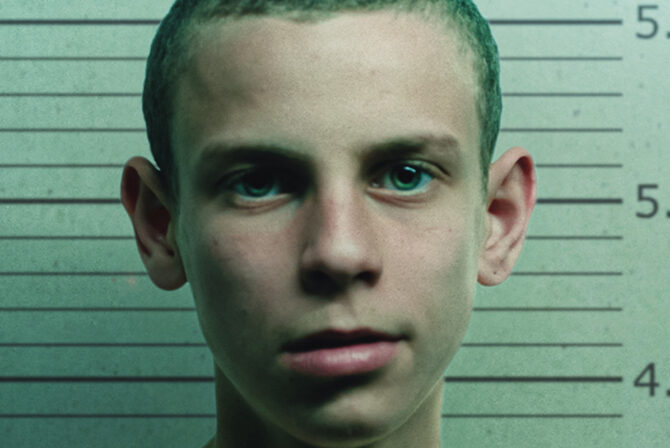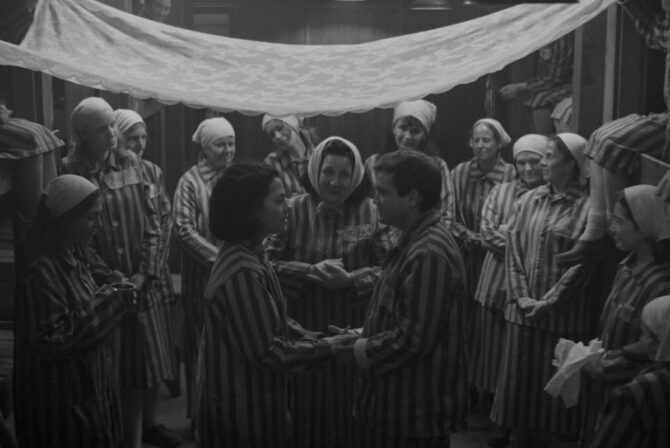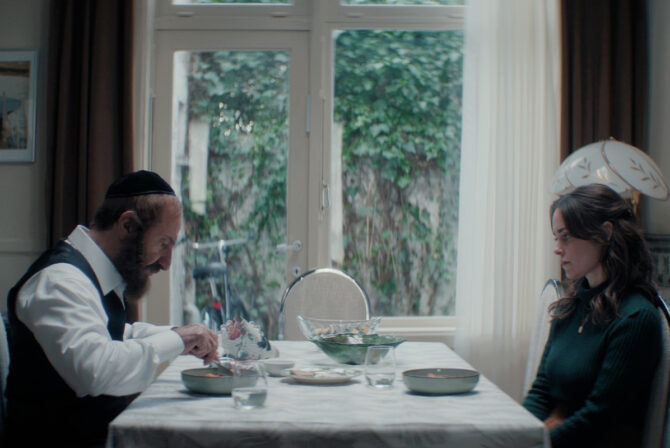For three years now, I’ve been blowing a chunk of our budget shopping online. But instead of cashing in on deals for gadgets or baby wipes, I binge buy vintage kids’ books on Etsy — editions no longer in print, dating back to the late 70s, 80s, and early 90s. They aren’t rational purchases. But I have to have them.
The parcels I order usually originate in a distant Russian town, then probably gets routed to Moscow or St. Petersburg, then flown across the North Pole. Weeks later, the items — often with bent corners and jagged edges — arrive swaddled in plastic bags and plastered with stamps. I left books just like these behind — along with most other possessions one accumulates in 13 years of life — when my family immigrated to the United States shortly after the fall of the Soviet Union.
The books inside are comfortably familiar, like hot oatmeal or the crunch of newly fallen snow, but I feel like an archeologist uncovering priceless artifacts. I carefully unwrap and mend them with archival repair tape, then hide the books on a high shelf to avoid having the pages mangled by my children’s tiny hands.
When we snuggle on the sofa to read them together, I scan my kids’ faces anxiously. They seem mesmerized, just like I once was, by the brightly colored illustrations; the roosters and the onion-shaped domes; the women and men with square jaws operating machinery; by the melody and the rhythm of the fairy tales’ words. It’s like a joyous initiation, our portal into another universe.
But then comes the inevitable. I never noticed it as a child, but it’s very likely that at some point, just when we least expect it, someone in the book is going to get hurt or tortured.
“Mommy, why did that boy chop the turkey’s head off?” my 4-year old asks quietly, hiding her face in her hands. “Did the cockroach really eat babies for dinner? I’m scared! Can I sleep in your bed?”
Say we’re reading a poem about the importance of bathing, called Moydodyr, written by beloved Soviet author Korney Chukovsky. I had forgotten that the protagonist almost gets waterboarded for being afraid of water (and yes, that’s a practice considered illegal under the Geneva Convention). So instead, I reach for a folktale about Firebird, a mythical creature with magical glowing feathers, but that one has a twist, too. Yes, the beautiful maiden in the story gets married — after being plied with alcohol and kidnapped — but we also see the evil king get boiled alive.
My aim was to wind down my children for the evening, but did I just give them nightmares?
Now that I’ve spent most of my life in the United States — and I’m raising my kids here, too — I’m noticing an occasional sadistic streak in the literary diet of my childhood. Not in all books, of course, and not on every page. But one rhyme about decapitation is enough to freak my daughter out. Go ahead and call me a “snowflake,” but that means it’s enough for me, too.
Maybe that’s because we are talking about Russian writers — the folks that brought you Crime and Punishment and Anna Karenina. Sometimes they can be fatalistic, even if their audience is holding sippy cups.
The subject matter is another thing I’m no longer used to. Like this common theme: “If you don’t work, then you don’t eat.” Or this one: “If you’re a coward, then your community will laugh at you. And then you won’t eat.”
Too bad you’re afraid of thunder, little Sasha — go stand in this “dark and stuffy closet” all alone “because you are a coward,” writes Tolstoy in his Stories for Young Children collection. Later, Soviet children’s tales would talk about electric plants, collectivized farming, and the lightbulb which Lenin allegedly invented himself. Understandably, these books capture the survivalist mentality forged at a time of famines, wars and propaganda. Their themes are often punitive and shame-based — in contrast to the positive, gentle reinforcement of the English-language books I read to my kids, where merely wishing on a star can make your dreams come true.
Another thing I had forgotten: how uniform the characters are. During the Soviet regime, people were expected to look and act the same (of course, they didn’t in real life — but the government-run publishing industry wouldn’t let on.) I don’t remember reading any Russian (or even Russian-Jewish) authors who celebrated different skin colors, religions, family structures, body types or abilities. After all, I didn’t learn I was a Jew from reading books about Judaism; I learned it from reading “Go back to Israel!” scrawled on the wall of our apartment building.
Seen through the lens of the contemporary American childhood, with its focus on maintaining joy and censoring out the adult world, are these books of my youth cruel or educational?
To be fair, many of the older English-language books aren’t all that different. Winnie the Pooh gets shot at by his best friend, Christopher Robin. Many Mother Goose nursery rhymes have morbid origins, like the Bubonic plague (three cheers for childhood!). Kids’ books in the United States, until recently, featured primarily white characters and the industry still struggles to be representative.
The books in Russia are changing, too. A contemporary literary critic, Galina Yuzefovich, discourages parents from forcing the literature of their upbringing on their kids and recommends finding what the kids actually like. “Make one wrong move and you’ll extinguish the fire of a child’s interest in reading,” she is quoted saying in a recent interview.
On the one hand, I want my children to understand the gamut of human emotions, and not grow up coddled in their middle-class Northern Californian bubble. But like any other parent, I want to shield them from cruelty and fear, to teach them that diversity – including their own mixed heritage – is a part of life.
So how do we reconcile the books I’d once held dear with what we know and believe today? I don’t have the answers. My childhood books are imperfect, but many are a cherished part of our library, for them and for me. Plus, they can teach important lessons about elbow grease, grit, community, and the fact that constant joy is impossible. (For the record, we don’t own books about Lenin, or about Soviet five-year plans.)
But now that I know what to expect, I’m prepared to face the fatalism and to update the outdated views. I’m not above skipping a line if I have to, or changing a word here and there when reading aloud. So that line where the entire African continent is othered as dangerous? Skip. Or where a spider pierces the body of a screaming fly and drinks her blood? We’ll sit that part out.
Maybe these will become teaching moments when my children get older. But not yet. For now, we’re looking for quality stories, both new and old, to guide them along the way.







